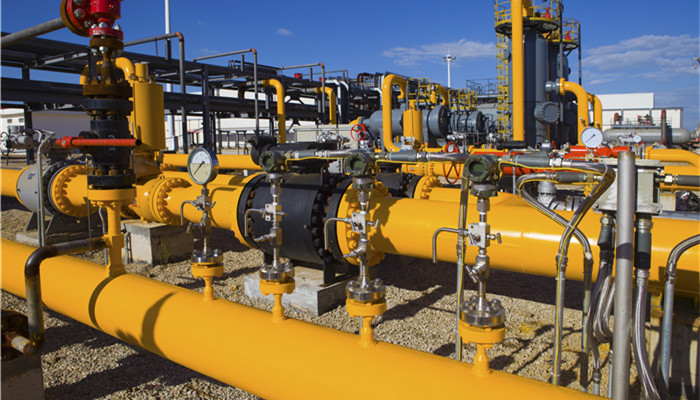
The market concentration of hexamethylene diisocyanate (HDI) is high and the domestic market demand is huge.
Hexamethylene diisocyanate (HDI), also known as hexamethylene diisocyanate, is a type of aliphatic isocyanate that appears as a colorless or slightly yellow transparent liquid with a slightly pungent odor and is easy to burn. HDI monomers are highly toxic and are generally prepared into HDI derivatives. Common products include HDI biuret (HDB), HDI trimer (HDT), etc. HDI in the form of biuret and trimer accounts for More than 90%.
There are fewer unsaturated bonds in the molecular structure of HDI, and its products have excellent anti-aging, exposure resistance, and yellowing resistance. HDI can be used to produce polyurethane coatings, adhesives, cross-linking agents, elastomers, etc., and is widely used in industrial coatings, wind turbine blades, ships, military industry, automobiles and other fields. Among them, automobiles and industrial coatings are the main application scenarios of HDI, and the two combined applications The proportion is close to 70%.
According to the “2022-2026 China Hexamethylene Diisocyanate Industry Market In-depth Research and Development Prospects Forecast Report released by the Industrial Research Center 》 shows that in recent years, with the expansion of application fields, HDI market demand has continued to increase. In 2021, the global demand for HDI monomers and their derivatives will reach more than 200,000 tons, a year-on-year increase of 4.6%. my country is a major consumer of HDI, and its demand growth rate is higher than the global average.
From the perspective of market supply, major global HDI suppliers include Germany’s Covestro, Germany’s BASF, Japan’s Tosoh, Kangrui, Japan’s Asahi Kasei, and China’s Wanhua Chemical. The HDI market supply is highly concentrated, with the combined production capacity of Germany’s Covestro, Kangrui and China’s Wanhua Chemical accounting for more than 80%.
Thanks to the increase in domestic production capacity, the trade deficit in my country’s HDI import and export market has gradually narrowed. According to data from the General Administration of Customs, in 2021, my country’s HDI import volume will be 7,640 tons and the export volume will be 6,424 tons. my country’s HDI imports are relatively concentrated, with Japan being my country’s main importing country, accounting for nearly 96.0% in 2021.
HDI is mainly produced by the phosgene method, accounting for more than 90% of the production capacity. The process is that hexamethylenediamine is heated and vaporized, mixed with the solvent chlorobenzene into the reaction vessel, reacts with phosgene to generate HDI and by-product HCl, and then evaporates, High-purity HDI products are obtained through processes such as washing, condensation, impurity removal, and distillation. Hexamethylenediamine is the main raw material for HDI production. It is mainly formed by hydrogenating adiponitrile. Due to my country’s insufficient supply capacity of adiponitrile and high dependence on product imports, HDI production costs are high, which limits its market development to a certain extent. .
Industry analysts said that HDI products have excellent performance and a wide range of downstream applications. With consumption upgrading, HDI has been widely used in automobiles, industrial coatings, and aerospace. Applications in aviation and other fields will become more widespread. The HDI market is highly concentrated. Due to insufficient supply of raw materials, HDI product prices are high. However, in recent years, with breakthroughs in core technologies, my country’s adiponitrile production scale has continued to expand, which is good for the development of the HDI industry, and HDI prices will fall in the future.

 微信扫一扫打赏
微信扫一扫打赏

